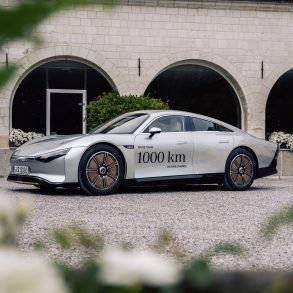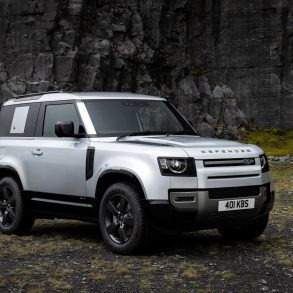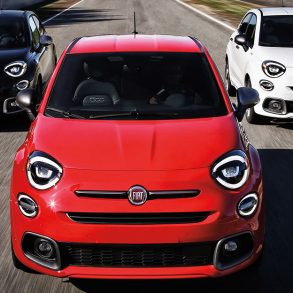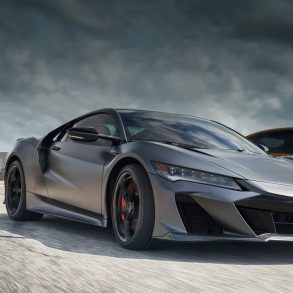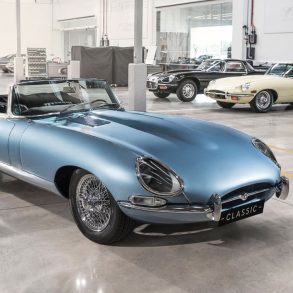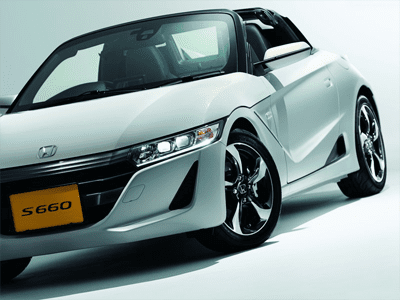 Earlier this year, Honda launched the S660 roadster in its home market Japan. The 8.600 units of the small two-seater with a 660cc engine planned for this year were quickly sold out as Japanese buyers had obviously an appetite for the open-air kei car. Exports to Europe haven’t been ruled out, although there are rumors it will be fit with a 1.0-liter engine when it does make its way to the continent. Or to be exact: rumors of exports to Europe surfaced as a result of the possible bigger engine, as that engine wouldn’t make sense for the local Japanese market where it would no longer qualify as a tax-subsidized kei car.
Earlier this year, Honda launched the S660 roadster in its home market Japan. The 8.600 units of the small two-seater with a 660cc engine planned for this year were quickly sold out as Japanese buyers had obviously an appetite for the open-air kei car. Exports to Europe haven’t been ruled out, although there are rumors it will be fit with a 1.0-liter engine when it does make its way to the continent. Or to be exact: rumors of exports to Europe surfaced as a result of the possible bigger engine, as that engine wouldn’t make sense for the local Japanese market where it would no longer qualify as a tax-subsidized kei car.
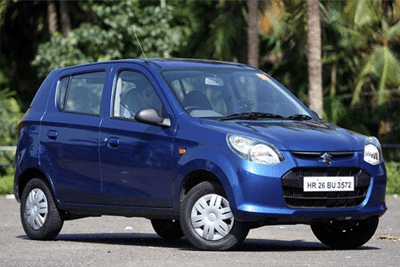 The US market would also make sense as an export market considering the success of the Mazda MX-5 Miata and other roadster models, but American Honda has ruled out the possibility of importing the tiny roadster. John Mendel, executive vice president of American Honda, is quoted to say the S660 would be too small for the American market. “It might be better for India or China or somewhere else”, Mendel said. Besides being prejudiced and perhaps even offensive, this last comment is obvious bullshit, showing he has no idea of the automotive landscape outside of the US, because India and China are among the last places where a bite-sized roadster would make sense.
The US market would also make sense as an export market considering the success of the Mazda MX-5 Miata and other roadster models, but American Honda has ruled out the possibility of importing the tiny roadster. John Mendel, executive vice president of American Honda, is quoted to say the S660 would be too small for the American market. “It might be better for India or China or somewhere else”, Mendel said. Besides being prejudiced and perhaps even offensive, this last comment is obvious bullshit, showing he has no idea of the automotive landscape outside of the US, because India and China are among the last places where a bite-sized roadster would make sense.
The Indian auto market is still maturing, meaning cars are considered a comfortable alternative to motorbikes and the Indian auto market is skewed towards inexpensive and practical cars like the Maruti Alto. Fun cars like the S660 or other coupes or convertibles make no sense at all in India, especially considering road conditions in the country. In China, the biggest car market in the world, convertible cars or roadsters are hardly sold, as families looking for practical transportation are the biggest demographic for car companies here as well, while the wealthier car buyer looking to splurge would have the means to opt for something from a European premium brand like Porsche or Ferrari. And even then, the Chinese will take a coupe over a convertible any day of the week, because contrary to other parts of the world a suntan is not a status symbol in China, rather a sign of laziness indicating that a person spends too much time sunbathing instead of working.
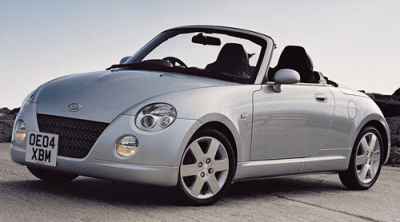 Europe on the other hand might be a feasible option as an export market for the S660, although it may be limited to the UK only. For one, the UK is by far the biggest European market for sporty cars, including roadsters. Secondly, converting the car to left-hand drive is an expensive process, probably not worth the investment for the tiny numbers in which the car would sell in continental Europe. For example: the Daihatsu Copen was a similar small two-seater roadster, imported to Europe between 2003 and 2010, initially in right-hand drive only (even in left-hand driven mainland Europe) and a similar 660cc engine, later equipped with a 1.3 liter 4-cylinder and available in left-hand drive as well. Still, Daihatsu barely managed to sell 7.000 units in all of Europe during the model’s eight years on the market. Similarly, the Suzuki Cappuccino was imported to Europe as a right-hand drive only roadster between 1994 and 1996, but it also sold in very small numbers. So considering the rate at which the S660 is currently selling in Japan, exports to Europe would only be a trickle and wouldn’t be worth the effort for the company.
Europe on the other hand might be a feasible option as an export market for the S660, although it may be limited to the UK only. For one, the UK is by far the biggest European market for sporty cars, including roadsters. Secondly, converting the car to left-hand drive is an expensive process, probably not worth the investment for the tiny numbers in which the car would sell in continental Europe. For example: the Daihatsu Copen was a similar small two-seater roadster, imported to Europe between 2003 and 2010, initially in right-hand drive only (even in left-hand driven mainland Europe) and a similar 660cc engine, later equipped with a 1.3 liter 4-cylinder and available in left-hand drive as well. Still, Daihatsu barely managed to sell 7.000 units in all of Europe during the model’s eight years on the market. Similarly, the Suzuki Cappuccino was imported to Europe as a right-hand drive only roadster between 1994 and 1996, but it also sold in very small numbers. So considering the rate at which the S660 is currently selling in Japan, exports to Europe would only be a trickle and wouldn’t be worth the effort for the company.
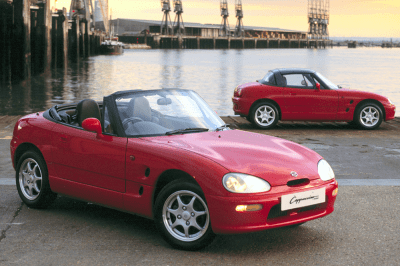 Japanese kei roadsters are cool and fun to drive, but because of their limits in size due to Japans taxation system for kei cars (max. 660cc engine putting out 47 kW/64 hp, max. length 3,4m/11.2ft and max. width 1,48m/4.9ft), they seem to be too small for the likes of most European car buyers. The Honda S660 is 65cm/2 ft shorter than the new Mazda MX-5 Miata, and that right-sized car has sold an average of 13.500 units a year during the past two decades. With the all-new MX-5 arriving in showrooms at this very moment, the S660 would either be too expensive or too small or have the steering wheel on the wrong side for most European buyers and wouldn’t be able to make a decent competitor the way the Honda S2000 was in the early 2000s.
Japanese kei roadsters are cool and fun to drive, but because of their limits in size due to Japans taxation system for kei cars (max. 660cc engine putting out 47 kW/64 hp, max. length 3,4m/11.2ft and max. width 1,48m/4.9ft), they seem to be too small for the likes of most European car buyers. The Honda S660 is 65cm/2 ft shorter than the new Mazda MX-5 Miata, and that right-sized car has sold an average of 13.500 units a year during the past two decades. With the all-new MX-5 arriving in showrooms at this very moment, the S660 would either be too expensive or too small or have the steering wheel on the wrong side for most European buyers and wouldn’t be able to make a decent competitor the way the Honda S2000 was in the early 2000s.
That’s just too bad, because even with the 64 hp engine the S660 would be an enormously fun car to take for a ride in the Alps, Dolomites or Pyrenees. And Honda could use an image booster like this, as the brand has been slacking in Europe, waiting too long to introduce important new models like the HR-V or the new Jazz, with sagging sales as a result. Still, if Honda ever decides to export the S660, I guess most Europeans will have to cross the Channel to take it for a ride in the Scottish Highlands or the Welsh countryside. Or perhaps the grey-market importers will be happy to serve you, if you can live with a steering wheel on the “wrong” side.



